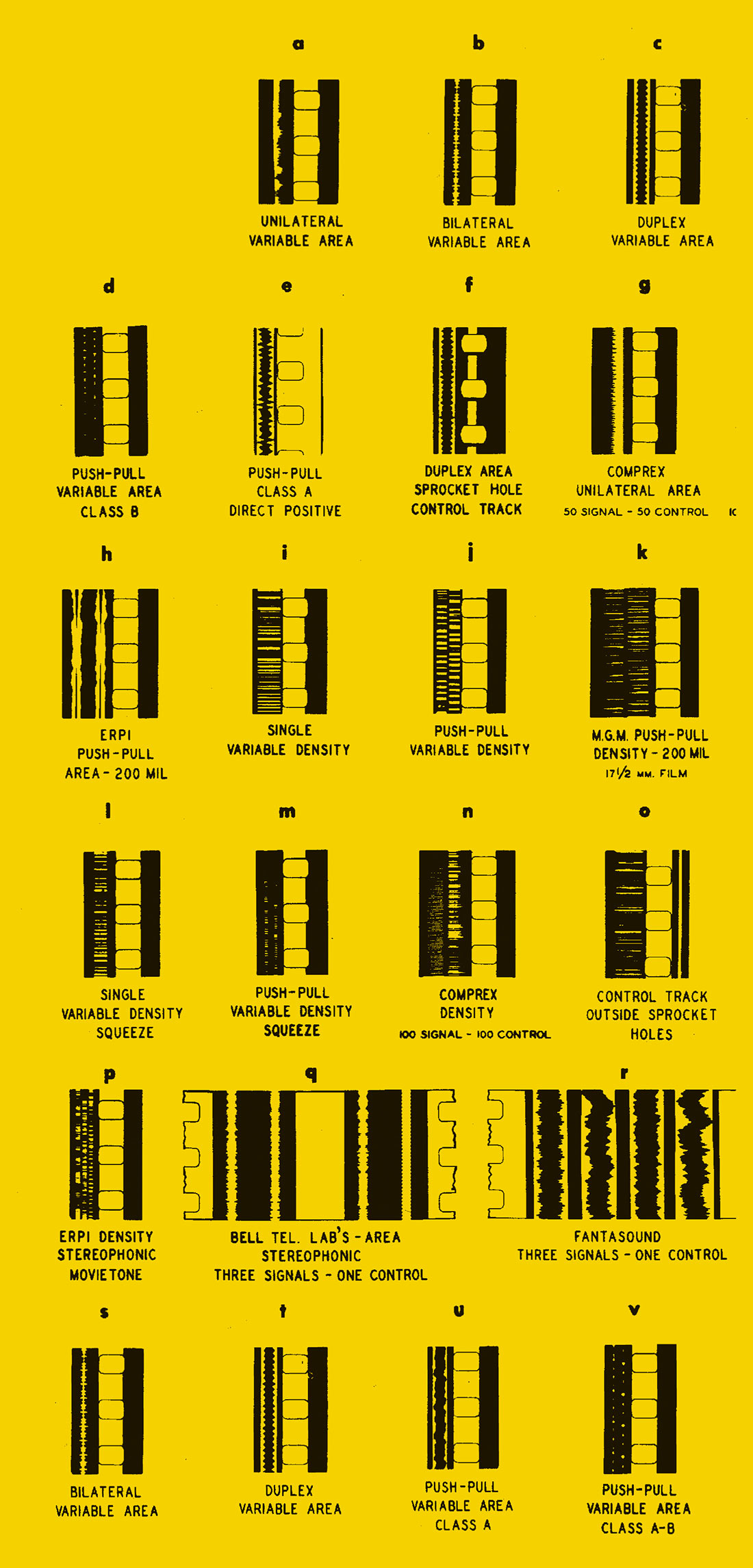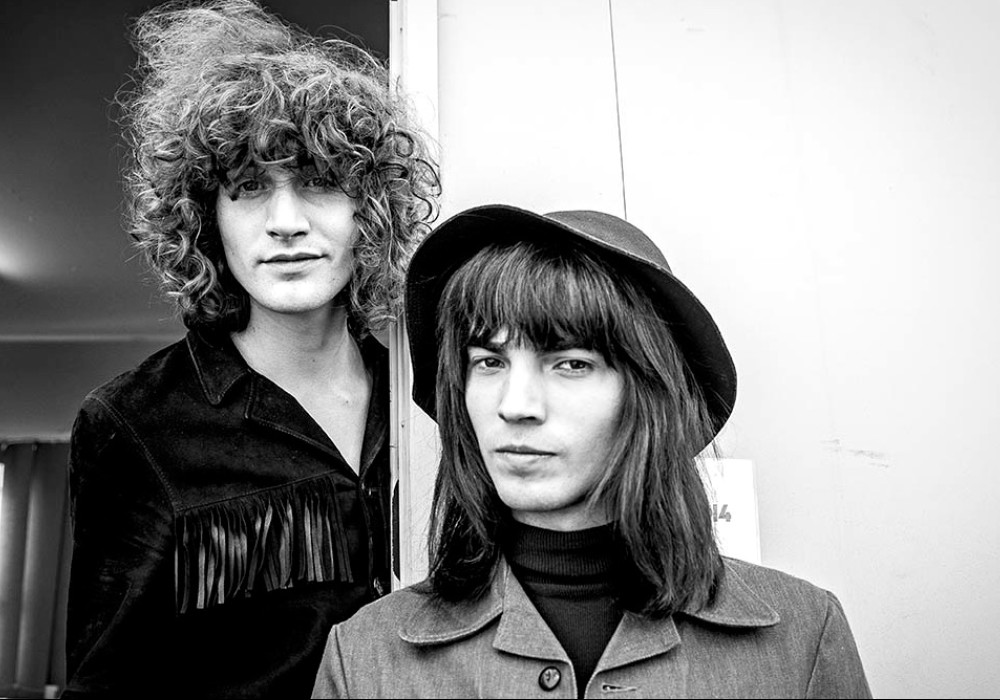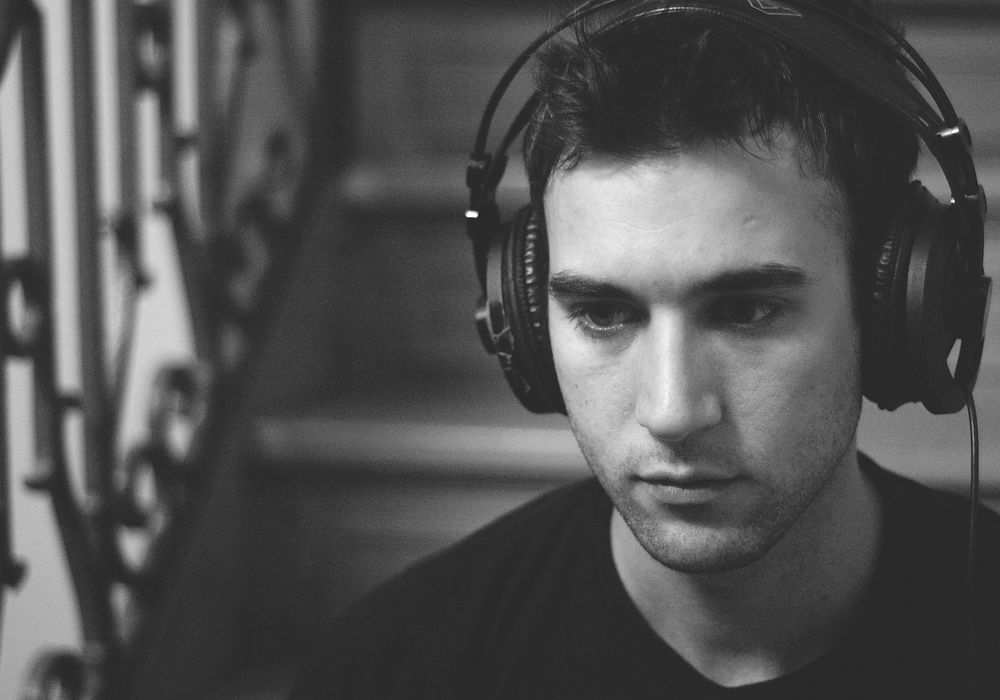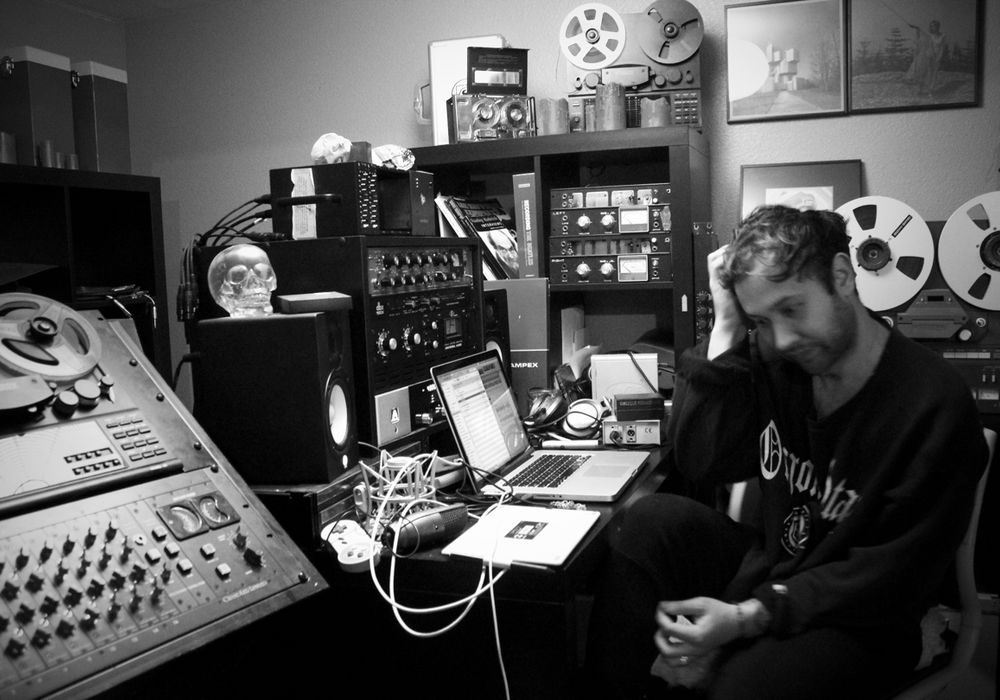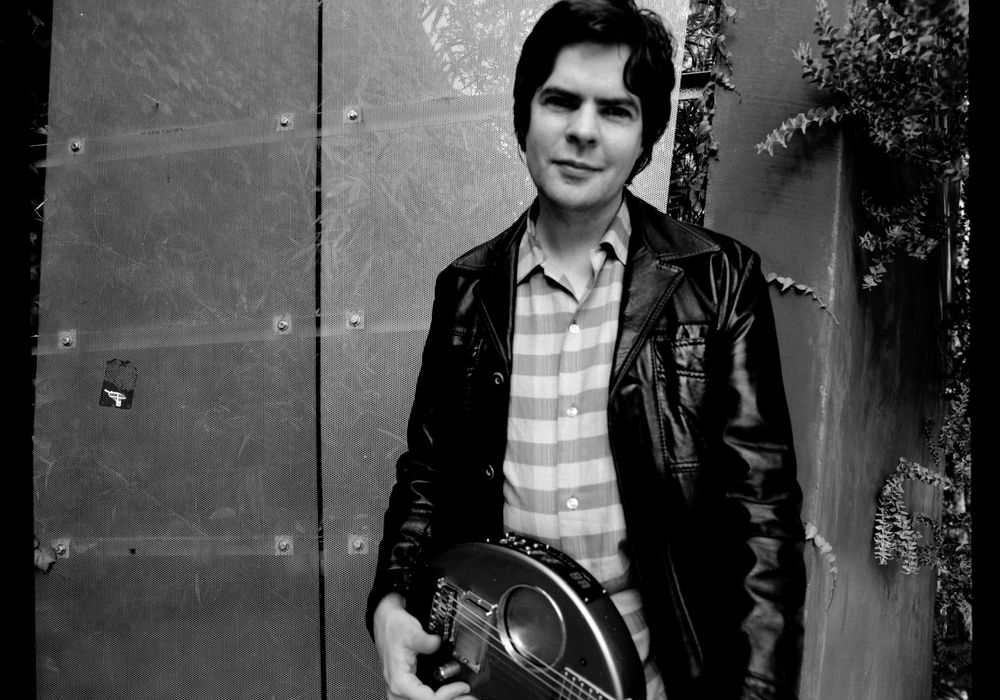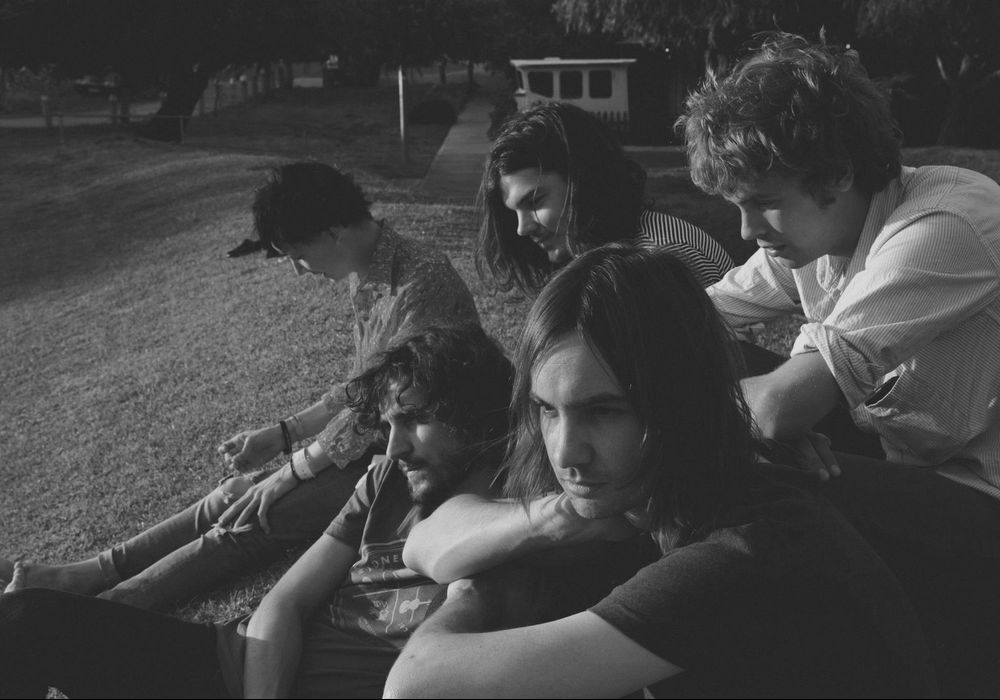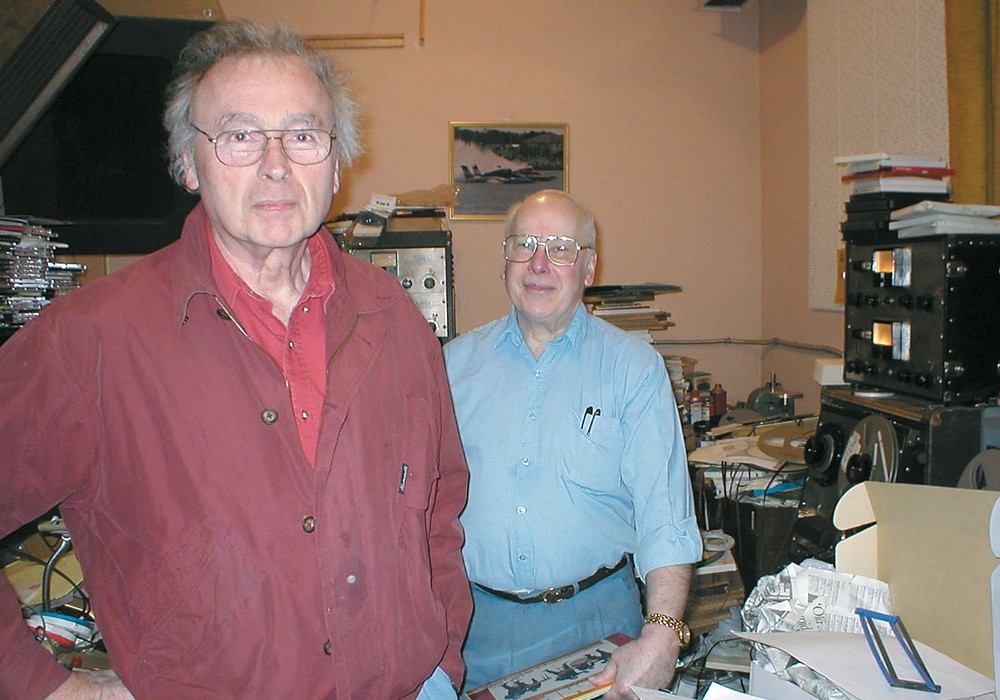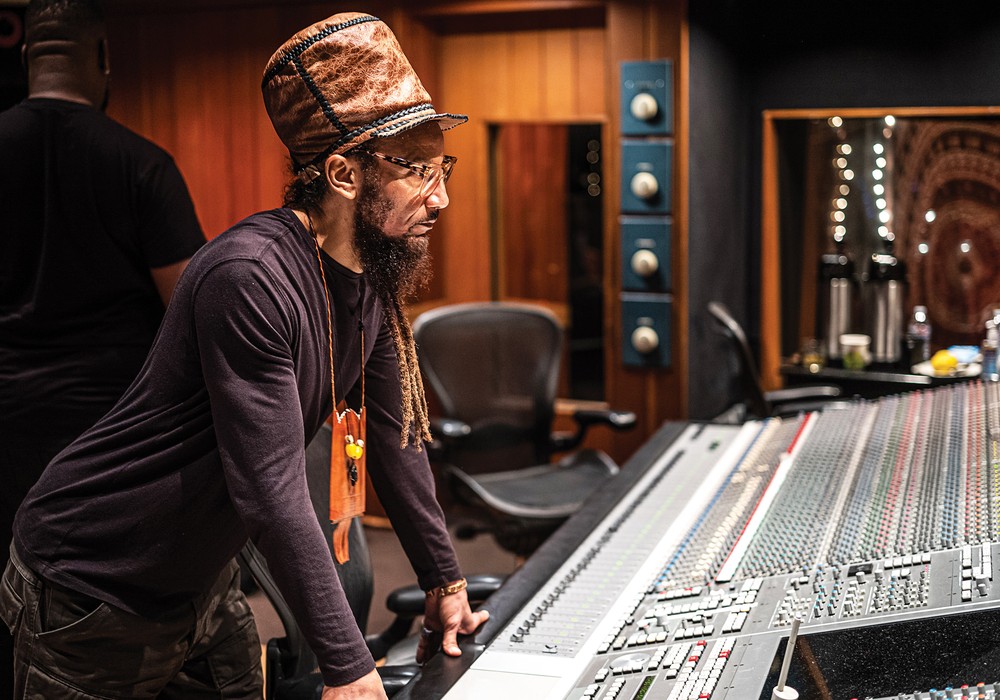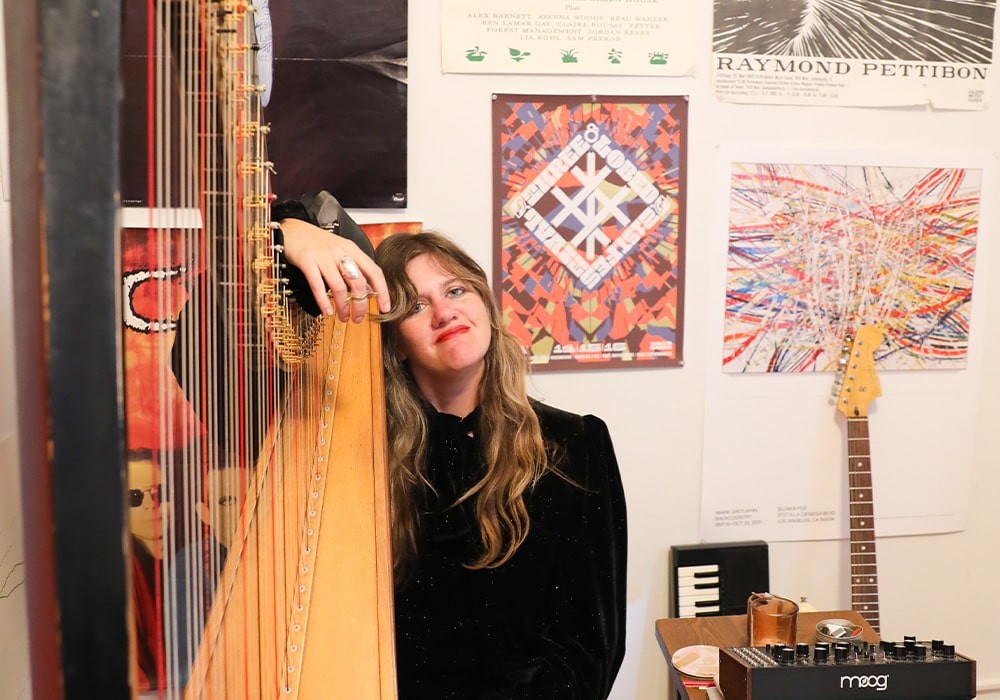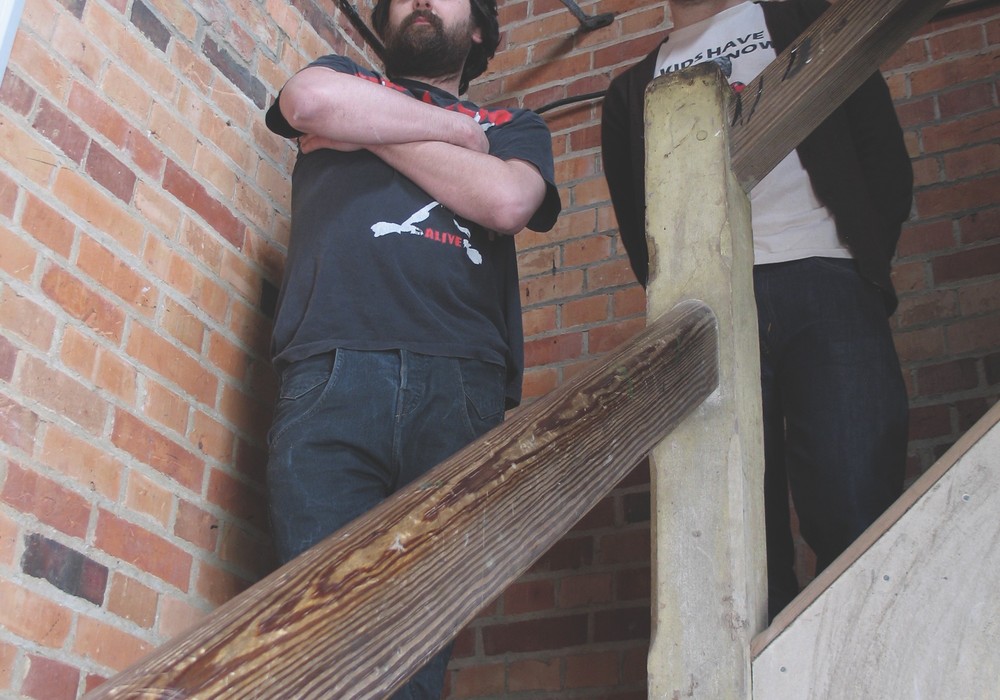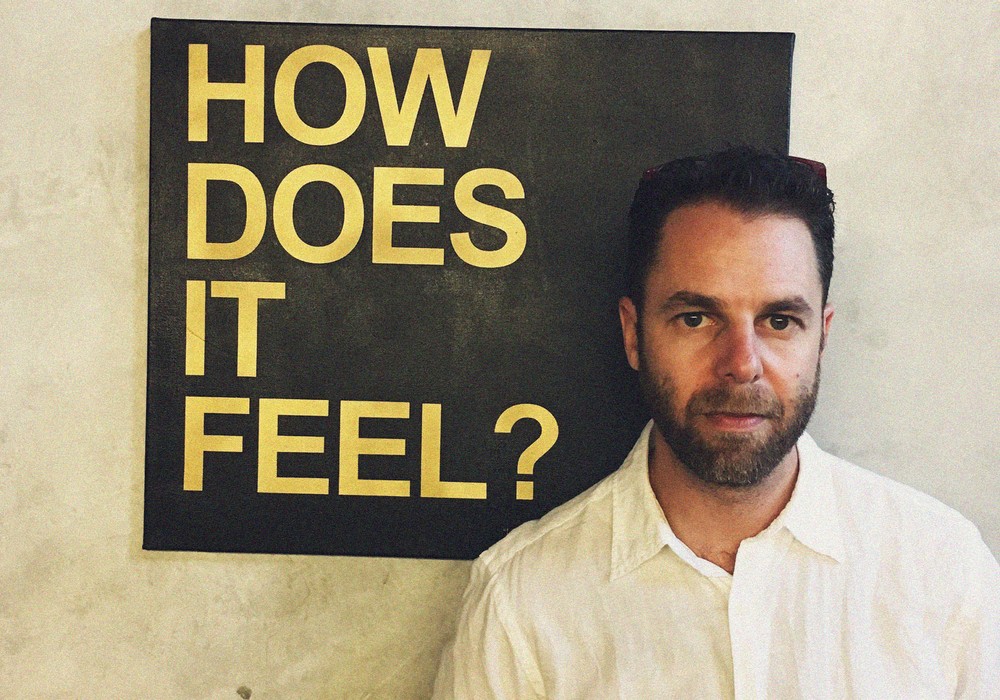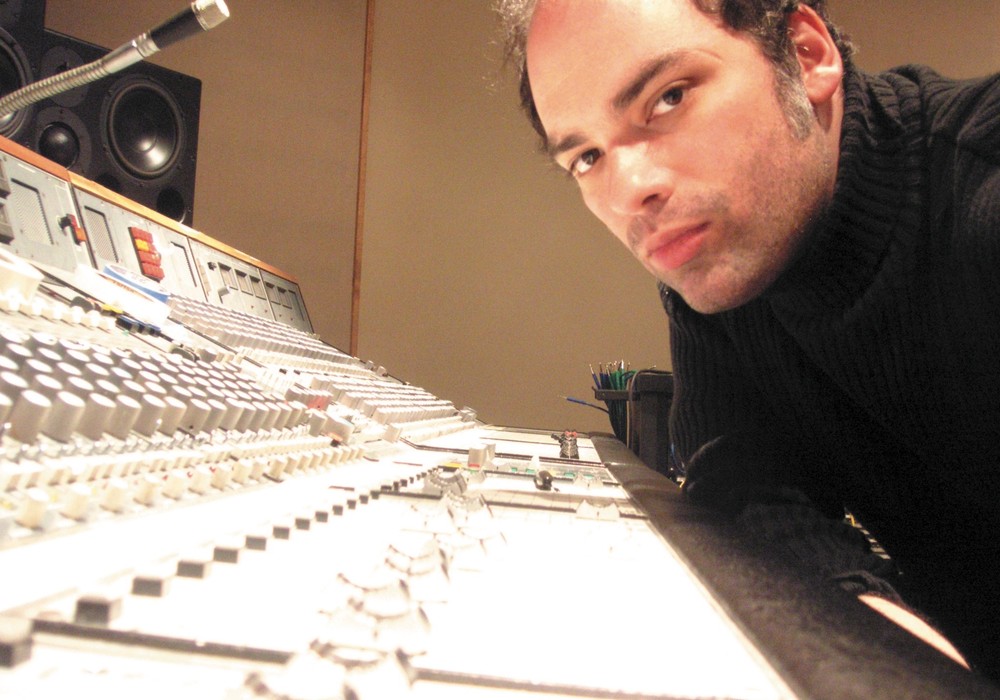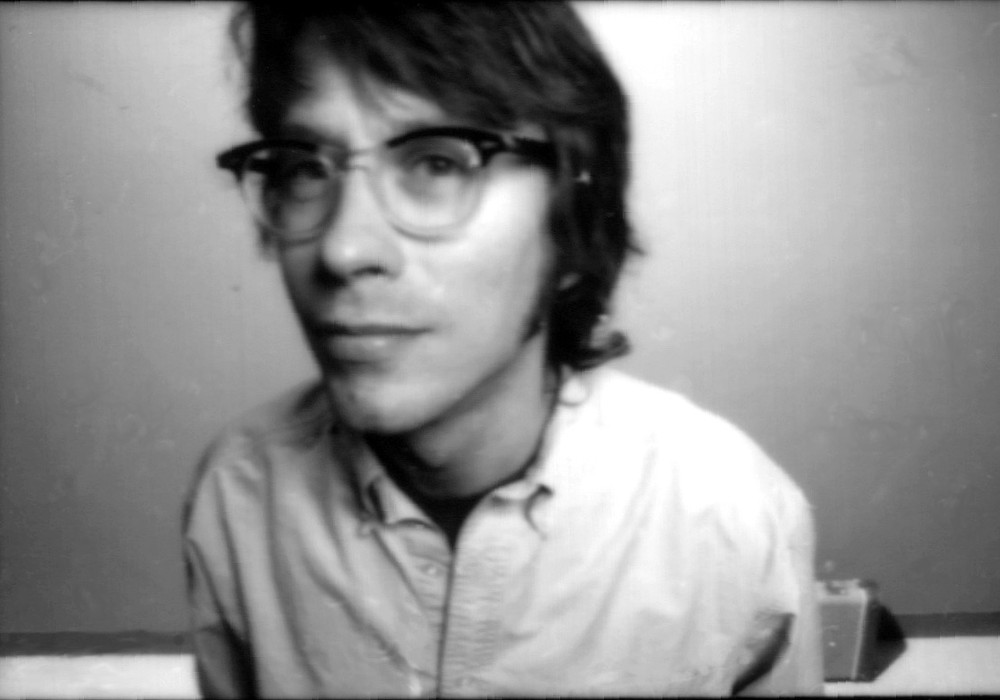Psych Pop has been enjoying a healthy resurgence. The loudest shots from the latest wave were fired by Tame Impala when they released Innerspeaker in 2010, soon becoming one of the biggest indie acts in the world. Whether due to interstellar grokking or flattering imitation, an army of like-minded bands unleashed a Technicolor explosion on an accepting world shortly thereafter. Things were different this time around due to how international it had become, owing to a connection of a non-cosmic kind: The Internet. This kicked scenes into gear, yielding bands like Electric Eye (Norway), Boogarins (Brasil), Oracles (Germany), and The Wands (Denmark). But the breakout success of 2014 was unquestionably Temples, who started the year by winning over fans at SXSW, backed by the strength of a self-recorded single, "Shelter Song." They would perform that same song on the The Ellen DeGeneres Show and The Tonight Show Starring Jimmy Fallon six months later, ending the year on many critics' "best of" lists. Quite a ride for a band from Kettering, England — far from the music meccas of London, Liverpool, and Manchester — that was barely over a year old. We found out how James Bagshaw and Tom Warmsley started it all in a spare bedroom, with some big ideas and consumer-grade gear.
How long have you known each other?
James: We were in rival bands growing up, then in a previous band together [The Moons], but we didn't do any writing or production together. Then we each got into what the other was listening to, and I guess that's how Temples formed. We had similar tastes.
Thomas: In our previous band, ideas really started to develop and James started taking it upon himself to record. That's where it started, really. He learned to record so he could record his own music.
What were the common bands that brought you together?
J: The Byrds, probably...
T: Sixties pop records, and great producers as well. Not only an admiration for songs, but also an interest in how people achieved certain sounds.
What are some of your production influences?
T: As with many people, The Beatles and their productions were my first passion. Some truly groundbreaking sounds were created in the studio the later you go into their catalog. From there it was sounds from other records. Maybe not one album, in particular, but, "Oh, that guitar sound is great," or the drum sound on the intro of some other record is incredible.
Any that stand out?
T: That Neil Young song, "Expecting to Fly." Jack Nitzsche's production on it sounds like another level. The album [Buffalo Springfield Again] is a bit of an oddball anyway, because I think they were breaking up in the process of recording it. I guess they weren't meant to be together for too many years. But that song in particular is a different world unto itself. It wasn't just the four of them in the room. There is an atmosphere and a mood with it.
J: There is so much space in it as well. For a track to sound so big, but still have space, is really the hardest thing. Maybe on the next record we can strive for that.
Something to aspire to.
T: I like The Byrds — the sound of the 12-string guitars, how they really command every song that has one in it, and how it really jumps out at you. The harmony vocals are really inspiring.
When you sat down to do the first Temples recordings, did you write as a partnership?
J: No, we individually had ideas. It started with a song that had a very particular drum sound. The melody and chorus changed; a few things were taken out and added, but finding that initial drum sound was like finding the key to the whole record, even though we kind of stumbled across it. When we actually started working on proper tracks, like "Keep in the Dark" and "Jewel of Mine Eye," we had a backbone of how we wanted the record to sound like already. There are no demos of any of these tracks. They all grew from that, the way they were intended.
How did you mic the drums?
J: Glyn Johns' style. It's very simple. I didn't close mic anything, other than the kick drum.
What mics did you use?
J: Two ribbon mics from Thomann; the German company. They're not a matched pair, but I matched them with an EQ as close as I could. I figured that it didn't really matter because we're not getting a true stereo image of the kit, so it didn't have to be totally balanced. The kick drum mic is a fake [AKG] D 112. That was all we could afford.
Did you add in a room mic?
J: Yeah. A Reslo ribbon; mono and smashed.
Did you decide to do the record yourselves out of economy, or was it more of a creative control decision?
J: Our arrogance! No. I think if we didn't get the sounds that we wanted, we would have been disappointed. For so many years both of us would go into this massive studio, and it's like, "Oh my god, this is amazing." But what happens is that you come out with something that never sounds the way you want. It was that disappointment of always being let down by studios. You...
